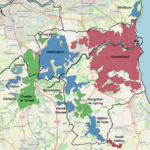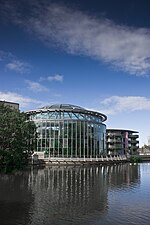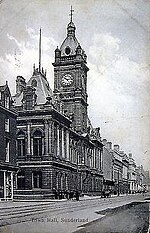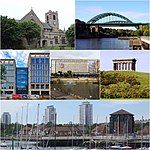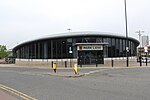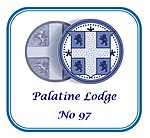Sunderland (Fawcett Street) railway station
1853 establishments in England1879 disestablishments in EnglandDisused railway stations in Tyne and WearFormer North Eastern Railway (UK) stationsNorth East England railway station stubs ... and 6 more
Pages with no open date in Infobox stationRailway stations in Great Britain closed in 1879Railway stations in Great Britain opened in 1853SunderlandTransport in the City of SunderlandUse British English from June 2018

Fawcett Street railway station served the city of Sunderland, Tyne and Wear, England from 1853 to 1879 on the Penshaw branch line.
Excerpt from the Wikipedia article Sunderland (Fawcett Street) railway station (License: CC BY-SA 3.0, Authors, Images).Sunderland (Fawcett Street) railway station
Burdon Road, Sunderland Ashbrooke
Geographical coordinates (GPS) Address Nearby Places Show on map
Geographical coordinates (GPS)
| Latitude | Longitude |
|---|---|
| N 54.903 ° | E -1.3816 ° |
Address
Burdon Road
Burdon Road
SR1 1QB Sunderland, Ashbrooke
England, United Kingdom
Open on Google Maps
